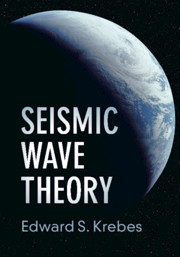Lichenometry accurately dates exposure times of glacial moraines and landslides when measuring the longest axis of the largest crustose lichen on many blocks, as demonstrated by numerous examples. In Sweden, the sizes of Rhizocarpon subgenus Rhizocarpon describe five pulses of glacial moraine creation in 120 yr. Six historic California earthquakes, between AD 1800 and 1906, caused many landslides that constrain lichen growth as linear with a dating accuracy of±0.5 yr. Crustose lichen sizes date earthquake-created additions to Sierra Nevada talus with an accuracy of±5 yr. The oldest lichen ages are 400 yr for Lecanora sierrae, 800 yr for Lecidea atrobrunnea, and 1100 yr for Acarospora chlorophana and Rhizocarpon subgenus Rhizocarpon. Lichen sizes also record differing spatial attenuation of ground shaking from the magnitude (Mw) ~7.9 San Andreas earthquake of AD 1857 and the more distant, smaller San Jacinto AD 1800 earthquake, which both caused Sierra Nevada rockfalls. AD 1800 seismic shaking was relatively stronger than that of AD 1857 farther north, perhaps expressing stronger Love and Rayleigh styles of surface waves from the north-trending AD 1800 surface rupture that were particularly efficient in causing rockfalls at greater distances.


